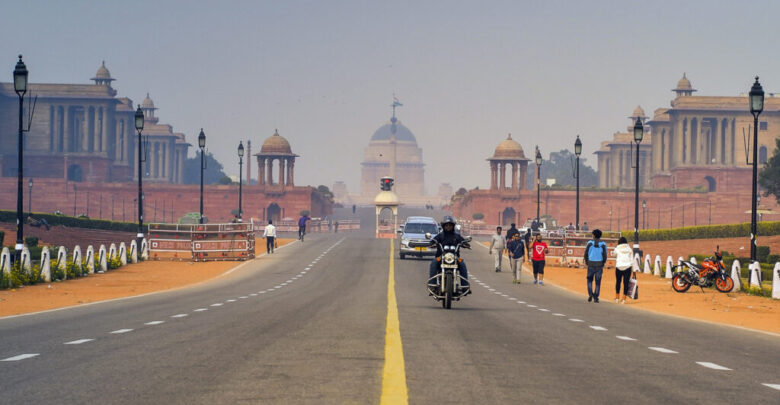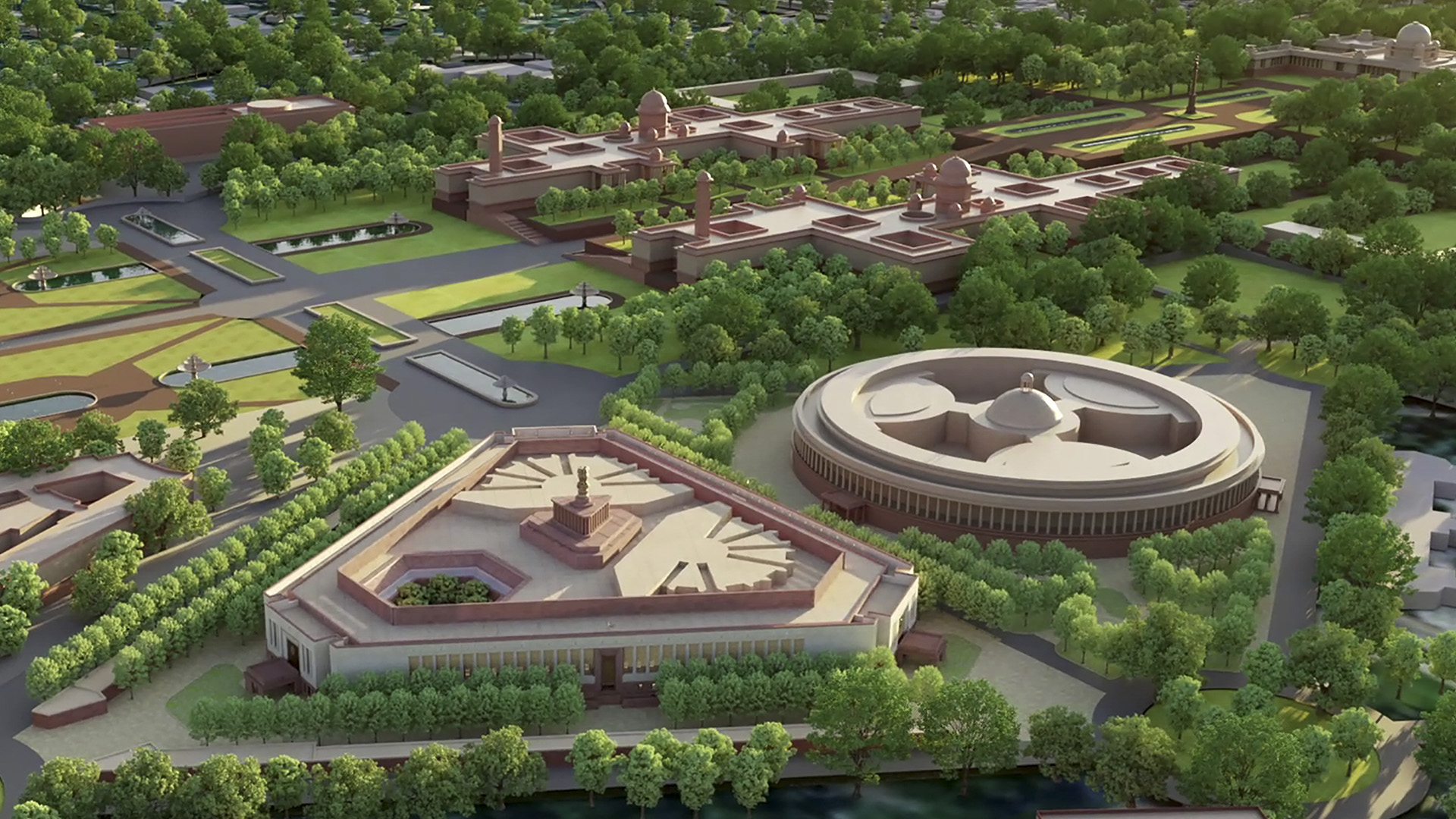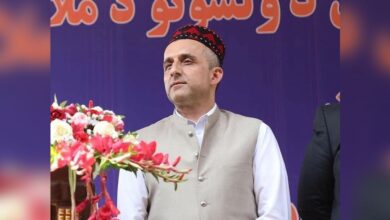

NEW DELHI — The Indian government under Prime Minister Narendra Modi is constructing a new parliament complex at the heart of the country’s capital in New Delhi. The move will wipe off the building’s colonial legacy.
While the government claims the building will represent a “New India”, numerous scholars, retired judges, and civil servants have criticized the government for prioritizing such an endeavor instead of controlling the Covid-19 chaos.
The voices became louder during the past two months as the government allowed construction work when the daily Covid-19 cases were crossing the 400,000-mark, and there was an acute shortage of hospital beds, oxygen cylinders, and vaccines.
“An illegitimate scheme — the government has told lies to get the project approved, and there is no denying to the lack of transparency in the redevelopment of Central Vista,” A.G.K. Menon, a New Delhi-based conservation consultant, told Zenger News.

What is the Central Vista?
Proposed in 2019, the Modi-led government planned the entire project to redevelop the 3.2-kilometer (nearly 2-mile) stretch in the national capital from the parliament building to India Gate, a war memorial.
The project is estimated to cost around INR 20,000 crores ($2.7 billion) and is expected to be completed by 2024. Under the redevelopment program, certain buildings will be demolished to pave the way for new ones.
The stretch houses several noted buildings such as the National Museum, the National Gallery of Modern Art, and the Indira Gandhi National Centre for Arts, which will be demolished under the new scheme.
“It is important to note that the buildings that are going to be demolished are not classified as historical monuments individually. Since Central Vista is a heritage property — the buildings are a precinct, taking the identity of a building that has historical importance,” Menon said.

Old realty to make way for new
One of the new buildings is a triangular-shaped parliament. It will allow seating for 1,224 members — accommodating the Lok Sabha (Upper House), Rajya Sabha (Lower House), and chambers for the members of the parliament.
The project also includes new residences for the prime minister and vice-president and 10 building blocks for government offices.
The soon-to-be old parliament house, built by British architects Edwin Lutyens and Herbert Baker, will become a museum.
The current project is under the supervision of Bimal Patel, considered by some to be Modi’s favorite, having designed several buildings in Gujarat, Modi’s native state.
Central Vista is the only area in the country with a Grade-1 heritage status. While the European capitals such as Paris inspired Lutyens’ design, he also infused the Indian styles of architecture by using red stone depicting Mughal art and Hindu temples.
The Krishi Bhawan, Shashtri Bhawan, Vigyan Bhawan, Vice-President’s residence, National Museum, Jawaharlal Bhawan, Nirman Bhawan, Udyog Bhawan, Raksha Bhawan, Annexe Building of National Achieves, and Lok Kalyan Marg are some buildings, spanning an area of 458,820 square meters, that will soon cease to exist.
Cases against project thrown away
Menon had filed a Public Interest Litigation — a provision to raise issues of broad public concern — in the Delhi High Court against the mega-development project.
He is one of several petitioners who approached the High Court to stop the redevelopment project due to the pandemic. However, the High Court dismissed the plea to suspend construction activity.

“As the workers are staying on-site, no question of suspending the construction work arises in light of Covid-19,” the court said in its order.
“We completely disagree with the learned senior counsel appearing for the petitioners that the project is not an essential activity. The project in question is vital and essential and has a direct nexus with the main project, namely, Central Vista Project.”
India’s Supreme Court has already given the go-ahead to the project.
India’s Ministry of Housing and Urban Affairs came out with a list to debunk the project’s myths and controversies.
Hardeep Singh Puri, India’s minister for housing, said a false narrative was being created over the Central Vista redevelopment plan and that it was not a “vanity project”. He also rebuked Congress, India’s national opposition party, for vilifying the image of the Indian government.
“Congress opposed ongoing work on Central Vista Avenue and the new parliament, but its government begins work on 160 luxurious houses for Rajasthan M.L.A.s for INR 266 crore,” tweeted the minister.
Congress is the ruling government in the northwestern state of Rajasthan.
Why the criticism?
Microblogging site Twitter is replete with tweets describing Modi as someone who has ignored the current pandemic situation of the country and is investing in a building that doesn’t need immediate attention.
Recently, Indian citizens wrote to Modi to halt the construction as the country was in the grips of an unforgiving second wave and an overwhelmed health infrastructure.
More than 70 scholars, including historian Romila Thapar, critic, and scholar Gayatri Chakravorty Spivak, artist Anish Kapoor, writer Orhan Pamuk, Glenn Lowry (director, Museum of Modern Art, New York), and several national and international personalities wrote an open letter to Modi to take a “pause” and “rethink” the project.
A group of former Indian military men wrote to India’s President Ram Nath Kovind to halt the construction of Central Vista. “The construction should be stalled for now. It will be in the interest of the nation,” reads the letter.

LokPATH, a public collaborative, is also opposing the construction, citing transparency and lack of democratic principles as a concern. They shared videos that showed the project “building heights shall dominate the tree line” and “increase pollution”.
Several civil servants also wrote an open letter, requesting Modi to look into the crippling healthcare infrastructure rather than the project.
The Centre for Policy Research, the country think tank on policy, also criticized the construction and tweeted: “Central Vista is a public space, yet the public has been repeatedly excluded from this redevelopment process.”
“The lack of democratic ideals and how the government grabbed the land is a concerning matter,” Prem Chandravakar, an architect based out of the southern city of Bengaluru, told Zenger News.
“Not only was the matter not debated in parliament, but also no data on the project has been released yet. Sadly, public opinion was not taken into consideration.”
Chandravakar thinks the public must have a say if the building will be the center of democracy.
“The institutions must be accessible to the people, but since the land will belong to the government, the public will not have as much access as possible. The liveliness of the place will be gone due to the high-security control.”
Some critics also said the government bypassed bringing up the project for discussion in parliament and made changes in the existing laws to ensure smooth construction.
Shapoorji Pallonji, an Indian conglomerate, is responsible for the construction work.
The future of the project amid criticism
“The government didn’t hear to the appeals of the public. The petitioners were given five minutes to address their appeal, and later the government discarded all of them. This is not a democratic state — it’s a banana republic,” said Menon.
The Central Public Works Department, the central authority in the project, prohibited photography or videography of the site after people started criticizing work amid a raging pandemic.
“My main concern is for the historical artifacts and archives that were kept safe in the noted buildings for several years,” Delhi-based historian Rana Safvi told Zenger News.

“No proper guidelines have been provided by the government on the safekeeping of the artifacts. This is a concerning matter.”
“The government made no concrete plans for the reinstallation of the priceless stuff dating to the Harappan Civilization, Middle Ages, and from the period of 1857 and 1947. The accessibility of the materials during the transfer to the scholars is also in question, and so is the digitization of the archival footage.”
Menon said a review petition is a way forward, but the common person lacks the resources needed to fight such cases.
“The government has experienced and noted lawyers on their side while we don’t even have the basic requirements to hire a lawyer to fight the case. The commoner is helpless, and that’s what works in favor of the central government.”
(Edited by Gaurab Dasgupta and Amrita Das)
The post Many In India Angry With Government For Constructing New Power Corridors appeared first on Zenger News.



